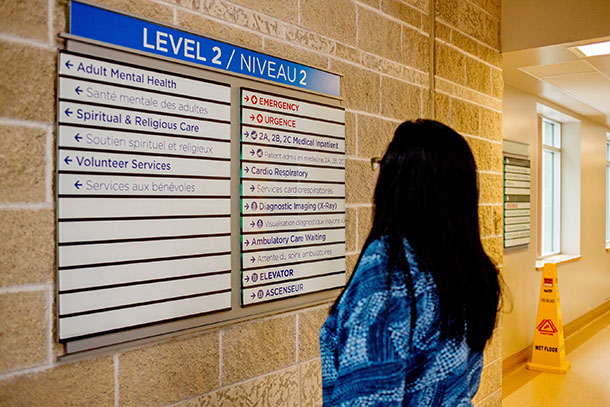
Worldwide, the percentage of the population that will be aged 60 or above is estimated to reach 2 billion by 2050. That represents nearly one-fourth of the entire population. But by 2030, researchers guess that U.S. residents over the age of 65 should grow to represent 20% of the nation’s population. That makes sense, considering more than 10,000 people reach that age every day, according to current statistics. But as the world’s population keeps getting older, developers of both technology and healthcare must adapt in order to even have a fighting chance of serving this demographic.
The state of healthcare in the United States has come under fire for several reasons, but one fear that affects residents of almost every age is the fact that the number of physicians and caregivers isn’t growing steadily enough to meet our demands. By 2030, researchers suggest, the U.S. will experience a significant shortage of these medical professionals — anywhere from 40,800 to 103,900 physicians we’ll need but won’t have.

For older folks, in particular, this could be disastrous. Chronic conditions and various diseases often associated with seniors (such as osteoporosis, diabetes, dementia, heart disease, and osteoarthritis) require quick diagnoses for effective treatment. Healthcare costs are already high, but by not addressing the physician shortage, the health of older adults could be even more at risk. Recently, a National Institute on Aging study found that more than one-third of seniors over the age of 65 slip and fall each year. Without proper monitoring and treatment, those numbers could increase to even scarier heights.
The solution, according to some tech experts, could lie in the development of both artificial intelligence and robots. It sounds rather new age-y, but it’s really not so far-fetched in 2018. After all, we’re using drones to deliver packages and to perform construction tasks. Why not create something akin to Disney’s Baymax character from Big Hero 6 to help the elderly stay well?
It’s an idea that a few different research teams are playing with. At Universitat Politecnica de Valencia (UPV), Universidad de Alicante (UA), and the Universidade do Minho, developers are in the midst of creating Pharos, an interactive robot that could act as a virtual assistant, help seniors complete daily chores, and promote a healthy and active lifestyle. Pharos, which is based on an already existing commercial robot, has two special modules to assist in recommending exercise programs and to assess whether the exercises have been completed as directed. While this bot may not be able to provide treatment in the event of an emergency, its prioritization of physical activity could keep some seniors from needing that type of treatment in the first place.
Pharos isn’t the only robotic friend trying to help seniors. AvatarMind’s iPals, which debuted at the World Robotics Conference last summer in Beijing, might seem a bit silly at first. They mainly dance, sing, and talk. But they arguably serve an important purpose: to address caregiving concerns through increased social interaction. The robots can allegedly be programmed to monitor for slips and falls, remind patients to take their medicine and provide mind-stimulating or entertaining content to keep seniors sharp. Other healthcare robots, like Catalia Health’s Mabu, can ask medical questions to cardiovascular patients just as a nurse would, while Paro (a robot made to look like a plush baby seal) is strictly programmed to help elevate moods (an important point for seniors, who often experience seclusion and depression).
And while experts add that there is no substitute for real human empathy, many admit that there may be a lot of value in such bots — especially for seniors who are experiencing the early stages of cognitive decline. In fact, the National Institute on Aging has given more than $1 million in research funding to expand on the development of socially assistive bots.
That said, many seniors are benefitting from apps and devices wired for AI, rather than physical robot companions, to detect falls and to assist them with daily tasks. But no matter what, it’s clear that older adults can benefit from healthcare technology to address the gaps in what humans can provide.





